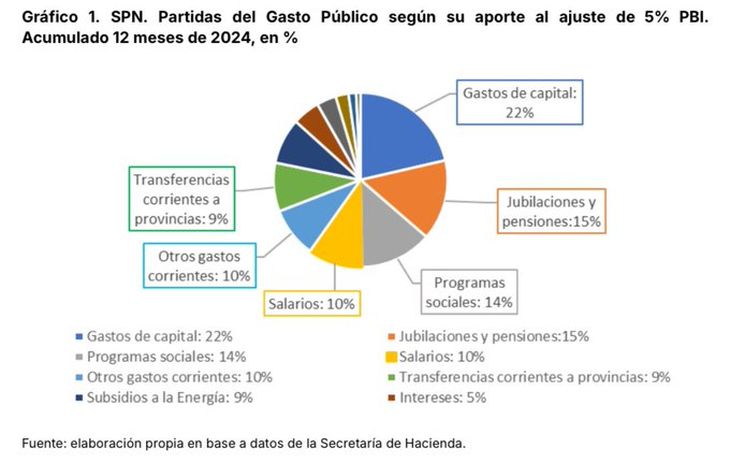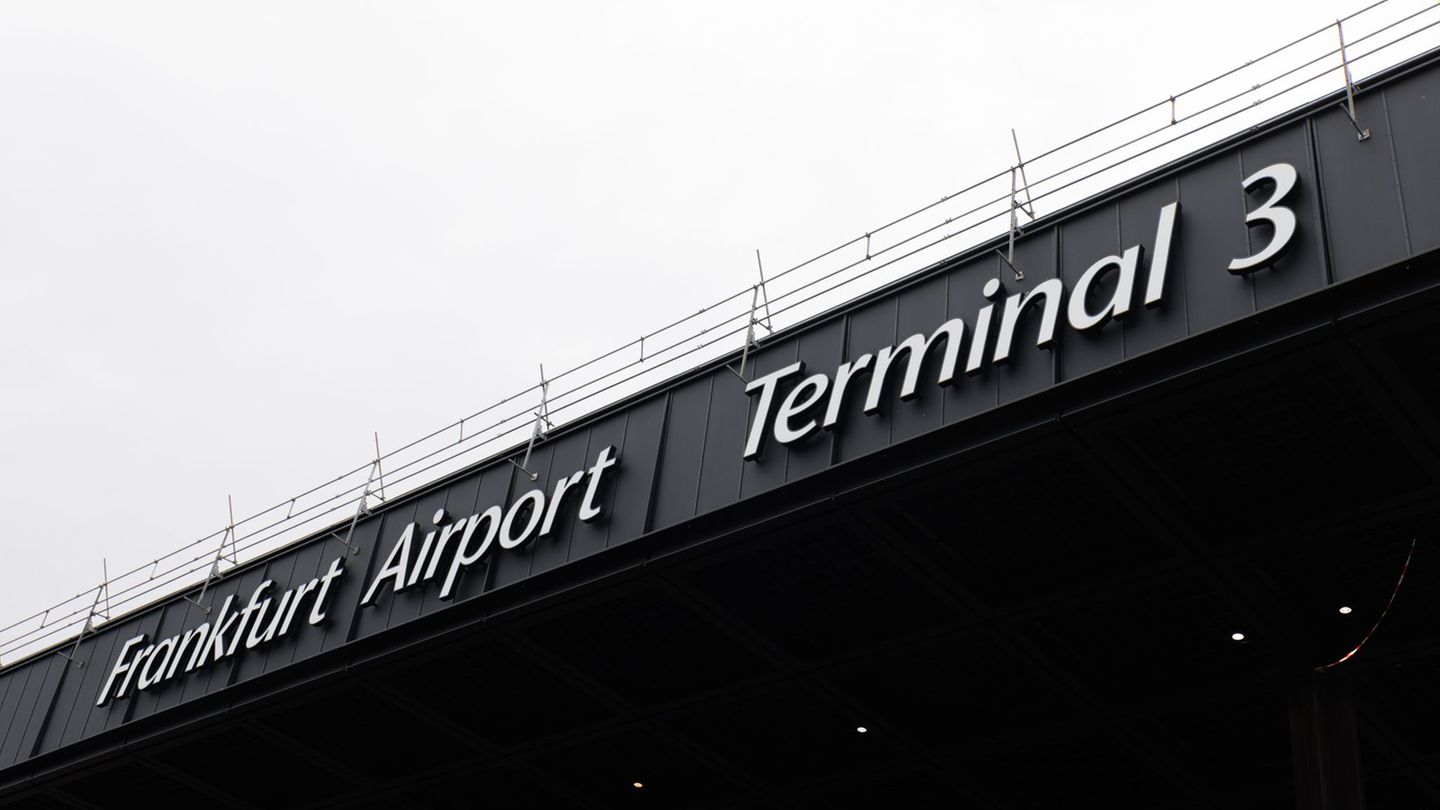He Argentine Institute of Fiscal Analysis (IARAF) exhibited that in the first nine months of 2024 the real interannual fall of provincial public spending was greater than that of income (-21.8% vs -15.6%). Consequently, the primary result was overravery at $ 6,080,000 million, which implied an increase of 185% compared to the same 2023 period, even discounting the effect of inflation.
According to the IARAF, about half of the adjustment in the expense was explained by the reductions of the erogations in staff (wages) and benefits to social security (fundamentally retirement). In parallel, the Capital expenditure contributed almost an additional third.
image.png
In terms of relative variations, the largest collapse was verified in capital spending. “When analyzing the composition of the adjustment it is observed that, with the exception of the Pampa, all the provinces reduced their capital expenditure more than the current expenses, with falls above 80% real in Santa Cruz, Tucumán and San Juan,” said the Empiria consultant in a work done with data as of June 2024.
Faced with these numbers, Empiria said that the reaction of the governors to the cut suffered in their incomedue in large part to the collapse in transfers from Nation and the decrease in the tax resources of national origin, It was “of pure strain libertarian orthodoxy” since it was based on an even greater contraction of expenses.
image.png

However, facing the medium term, they warned that both the provinces and the national government will face three major main challenges. On the one hand, they said, “space must be made for capital expenditure (and continuing to rot current spending), given that fiscal balance without routes and bridges cannot be permanent, and today the work expense of the pair is the lowest since 2003 “.
BesidesThey added that it is necessary to lower tax pressure, but above all improve the system “taxing less production and transactions, and more income and consumption (more profits, no less VAT, less check, less work, less withholdings).”
In third instance, They emphasized the importance of “a fiscal pact with provinces that decentralizes the generation towards more its own resources (challenge for the most dependent on national resources) that also induces an improvement of the subnational tax structure: less gross income, less stamps, more real estate. “
Fiscal surplus, province by province
On the one hand they stood out provinces that went from having fiscal deficit in 2023 to have surplus in 2024. Such were the cases of Tucumán, San Luis, Buenos Aires, Entre Ríos, Tierra del Fuego, Chaco and Catamarca.
In parallel, There were others that increased the positive balance that had had the previous year. We talk about Córdoba, Neuquén, Mendoza, Jujuy, Santa Fe, San Juan, Formosa, Salta, Santiago del Estero, Chubut, Corrientes, Río Negro, Santa Cruz and Misiones.
A third group consists of The Autonomous City of Buenos Aires (CABA) and La Rioja, which reduced their surplus primary in real terms with respect to 2023.
With these numbers, In terms of GDP, the surplus of the most CABA provinces amounted from 0.3% to 1.1% of the internal gross product (GDP).
How was the national adjustment
The consultant Audemus showed that at the national level “La Operara (adjustment from a public policy decision to cut spending) had greater weight in the cut of public spending, equivalent to five points of GDP, that the blender “(fall from public spending for inflation)”.
Kulfas National Adjustment.jfif

Source: Audemus consultant.
Indeed, The capital spending adjustment, which implied strong infrastructure deterioration, explained 22% of the adjustmentwhile among the decline in social programs (compensated by Auh) and transfers to provinces added another 23%. Meanwhile, liquefaction in retirement and salaries added another 25%.
Source: Ambito
David William is a talented author who has made a name for himself in the world of writing. He is a professional author who writes on a wide range of topics, from general interest to opinion news. David is currently working as a writer at 24 hours worlds where he brings his unique perspective and in-depth research to his articles, making them both informative and engaging.




